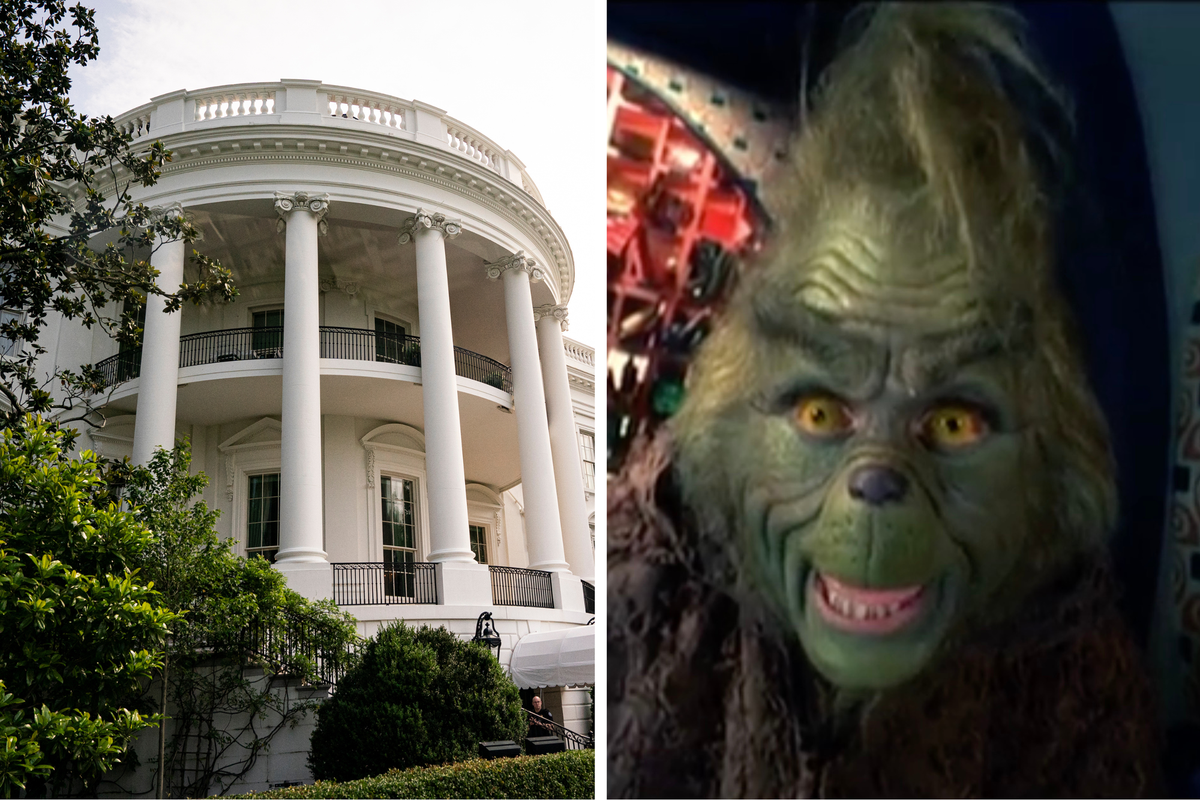News
Jessica Brown
Jun 15, 2017

Picture:
Unsplash
Just like women's bodies, the male physique has been (and continues to be) subject to a lot of ideals, too.
The artist Nickolay Lamm collected photos from as far back as the 1870s to see how the “ideal” male body has shifted over time. And this is what he found.
In the late 1800s, food was a bit scarcer than it is now. So, being overweight was associated with wealth and social status. Having a wider waist meant you could afford lavish feasts the average Joe could not.
Between the 1930s and 1950s, food was more abundant, and actors in Hollywood started setting the standard for slimmer bodies with a bit of muscle.
In the swinging 60s, people led more rebellious lifestyles against corporate bureaucracy, and a lot of men grew their hair and stopped working out. Rock stars and their bodies were looked up to.

However, in the 1970s to 80s, bodybuilding became popular, and muscles became the ideal. Arnold Schwarzenegger definitely had something to do with this.
In the 1990s, this hyper-masculine body lost ground, and the much more attainable, average lean and muscular body came into fashion.
This has continued up to today.
You can find out more in the video below:
Top 100
The Conversation (0)














